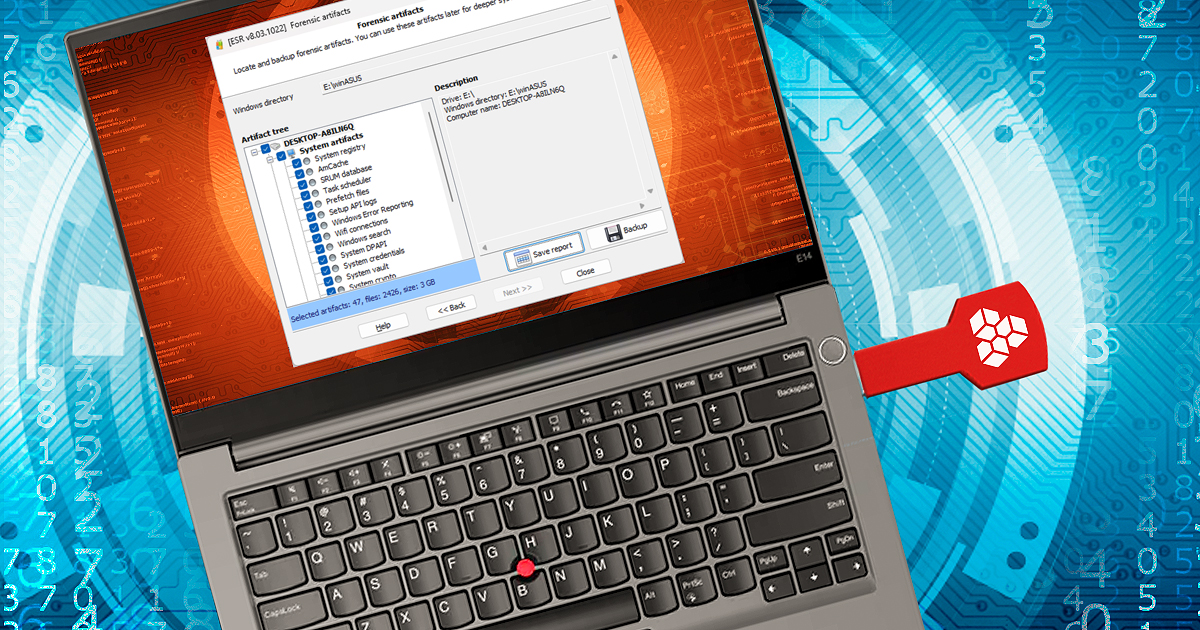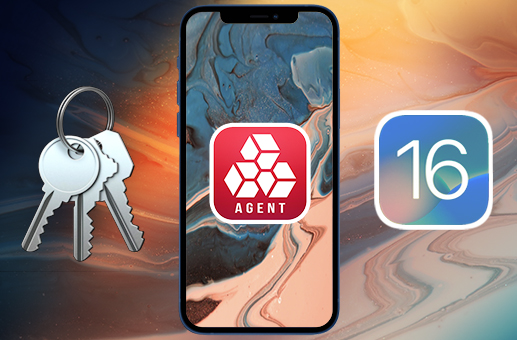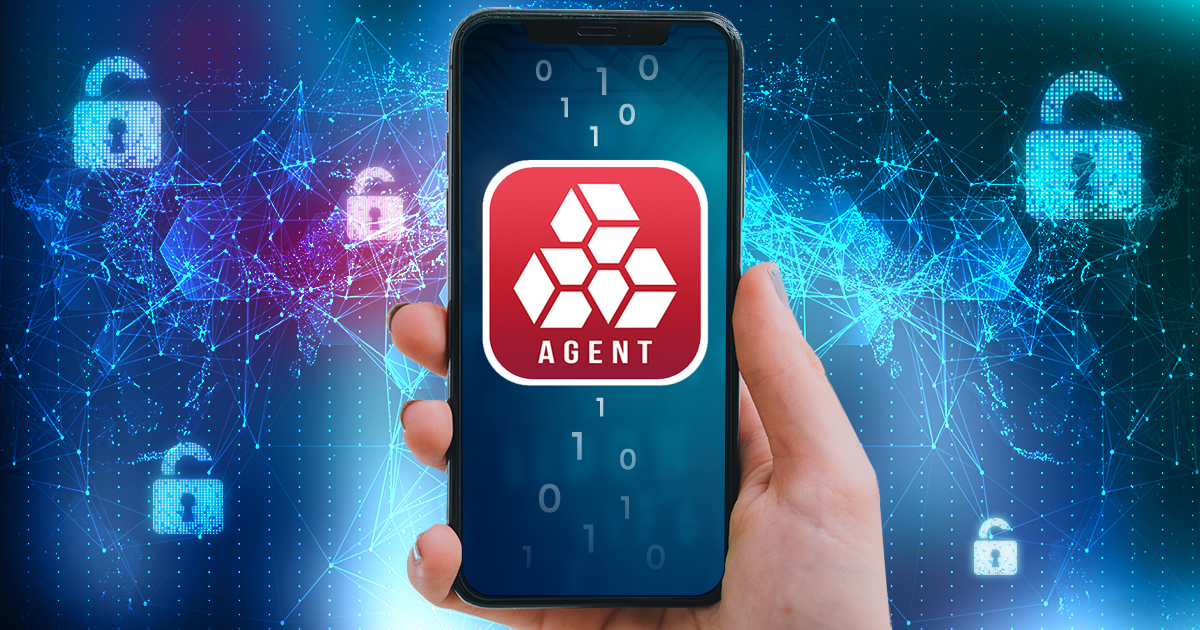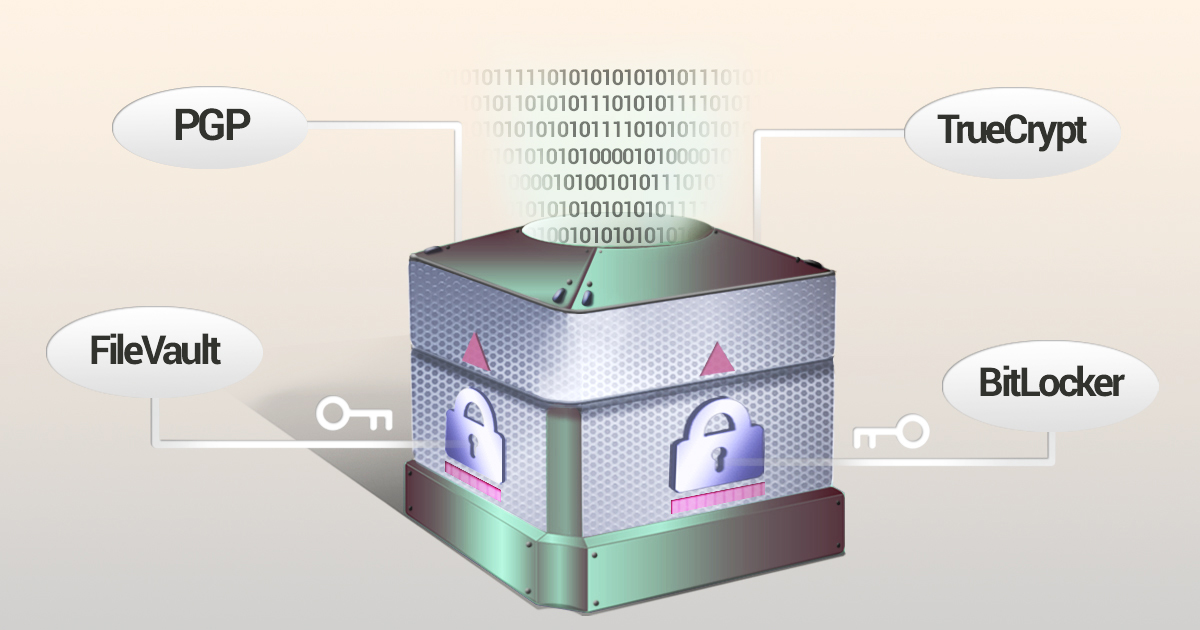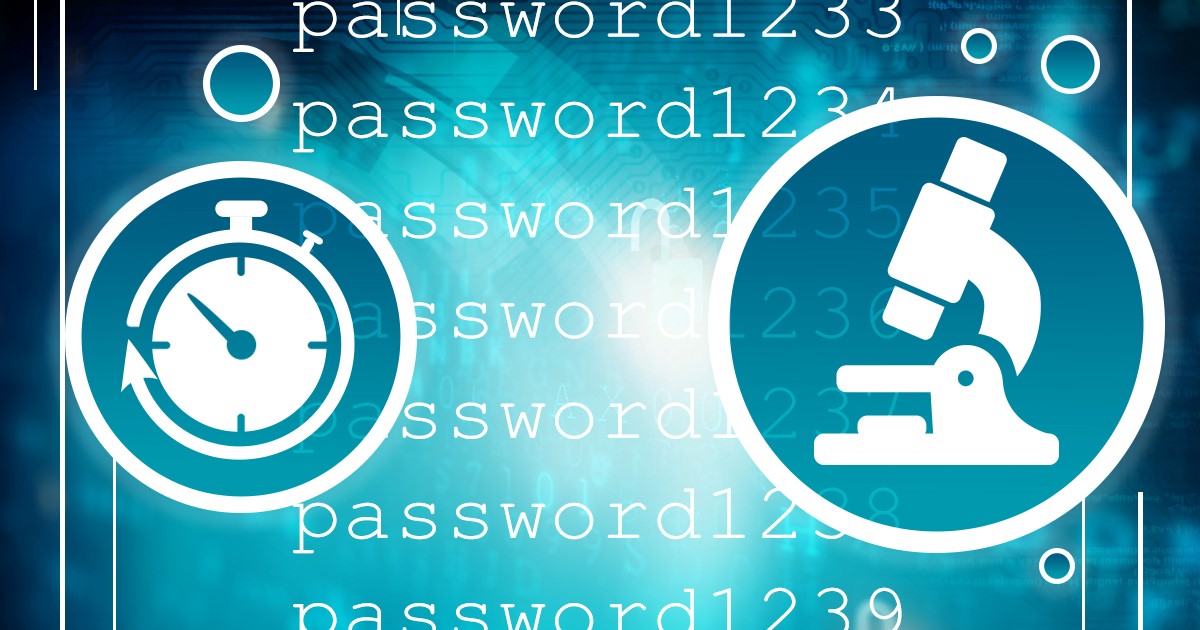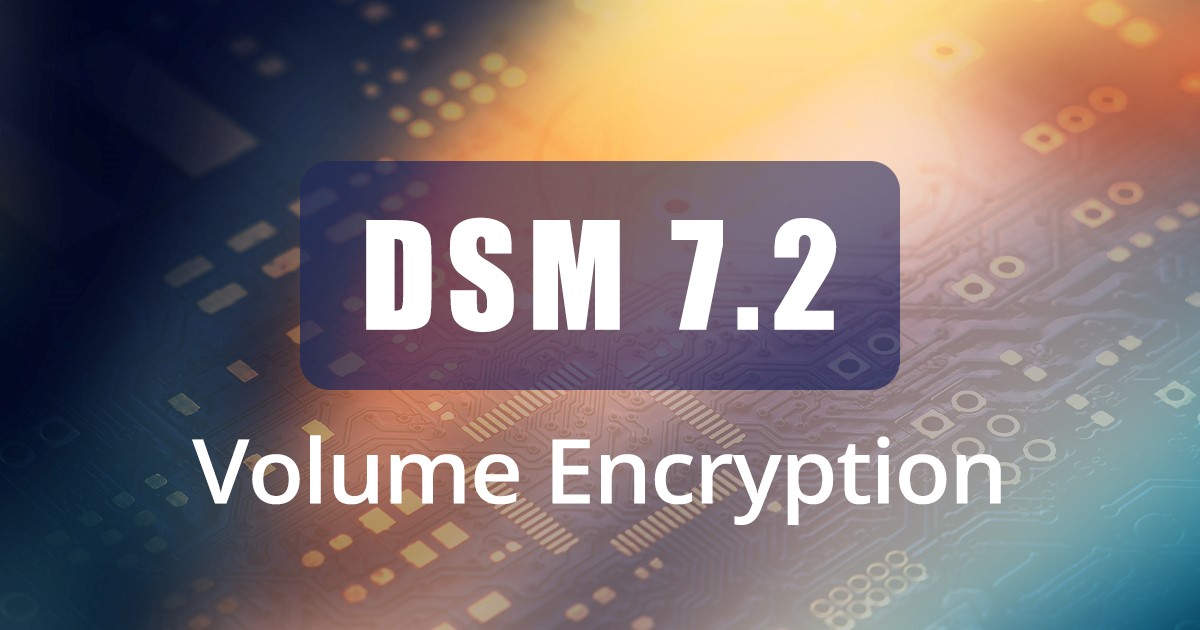June 30th, 2023 by Oleg Afonin
A while ago, we introduced an innovative mechanism that enabled access to parts of the file system for latest-generation Apple devices. The process we called “partial extraction” relied on a weak exploit that, at the time, did not allow a full sandbox escape. We’ve been working to improve the process, slowly lifting the “partial” tag from iOS 15 devices. Today, we are introducing a new, enhanced low-level extraction mechanism that enables full file system extraction for the iOS 16 through 16.3.1 on all devices based on Apple A12 Bionic and newer chips.
Read the rest of this entry »

